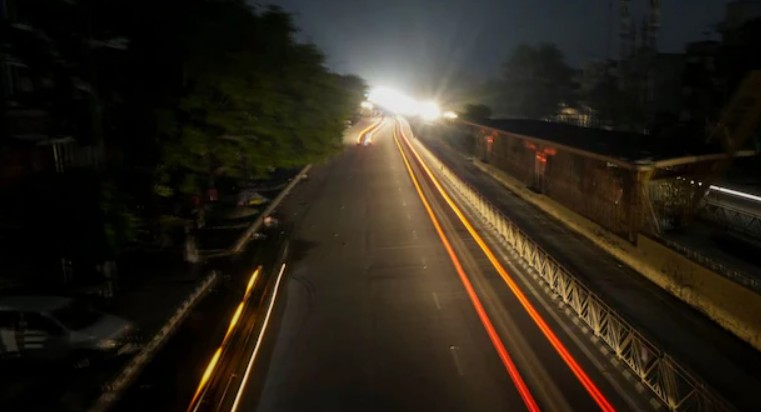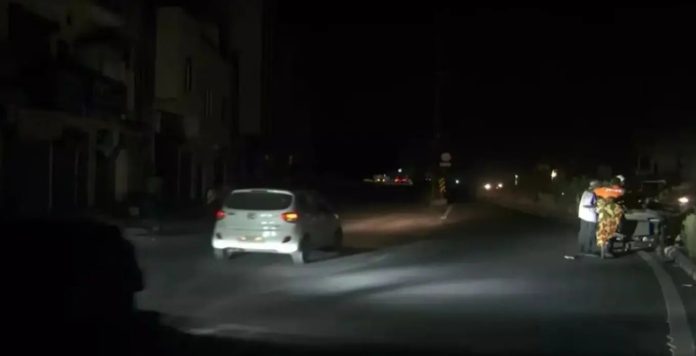The city of Chandigarh, the joint capital of Punjab and Haryana, plunged into darkness on Thursday night following the sounding of emergency sirens, only to have power gradually restored in most areas hours later. This sequence of events, unfolding amidst the heightened security scenario in the region after “Operation Sindoor,” triggered a wave of anxiety and speculation among the residents.
The blackout, which commenced around 9:30 PM on Thursday, affected not only Chandigarh but also neighboring areas like Mohali and Panchkula. The sudden power outage, coupled with the wailing sirens, created an atmosphere of uncertainty and prompted many residents to seek information about the unfolding situation.
Initial reports indicated that the blackout was a precautionary measure enforced by the local administration in response to the escalating tensions and potential security threats in the aftermath of India’s military action across the border. The Chandigarh Deputy Commissioner issued an advisory urging residents to immediately respond to the sound of the siren by switching off all lights in their homes and refraining from venturing outdoors or onto rooftops.
While the majority of Chandigarh residents reportedly complied with the blackout advisory, there were instances of streetlights and some residential lights remaining on for a significant period, indicating challenges in achieving a complete and immediate shutdown across the city. Vehicular movement with headlights on was also observed in some areas.
In neighboring Mohali, a similar blackout was enforced around the same time, with district authorities citing intelligence inputs indicating a possible threat from Pakistan as the reason for the precautionary measure. Residents in Mohali were also urged to turn off all lights and limit their movement outside their homes.

Panchkula, another city in the tricity area, experienced a more chaotic response to the blackout, with the absence of a proper siren system leading to delays in residents complying with the lights-out protocol. Many homes and streetlights remained illuminated well past the designated time, with compliance gradually improving as information spread through social media and neighborhood communication channels.
Hours after the blackout was enforced, power began to be gradually restored in Chandigarh, starting shortly after midnight. While the immediate emergency measure was lifted with the restoration of electricity, authorities urged residents to continue observing a voluntary blackout during the night hours as a continued precautionary measure until further notice.
The sequence of sirens followed by a blackout and the subsequent restoration of power highlights the state of heightened alert in the region and the proactive measures being taken by the local administration to ensure public safety in the wake of the prevailing security scenario. The sounding of sirens serves as a stark reminder to citizens to remain vigilant and prepared for any potential emergencies that may arise in the current climate of regional tensions.
The restoration of power provides a sense of relief to the residents, but the underlying security concerns remain. The events of Thursday night underscore the delicate situation in the border regions and the proactive steps being taken by authorities to safeguard the civilian population. The emphasis on continued vigilance and voluntary blackouts suggests that the security apparatus remains on high alert, and residents are expected to remain prepared for any further advisories or measures that may be deemed necessary in the evolving security landscape.


